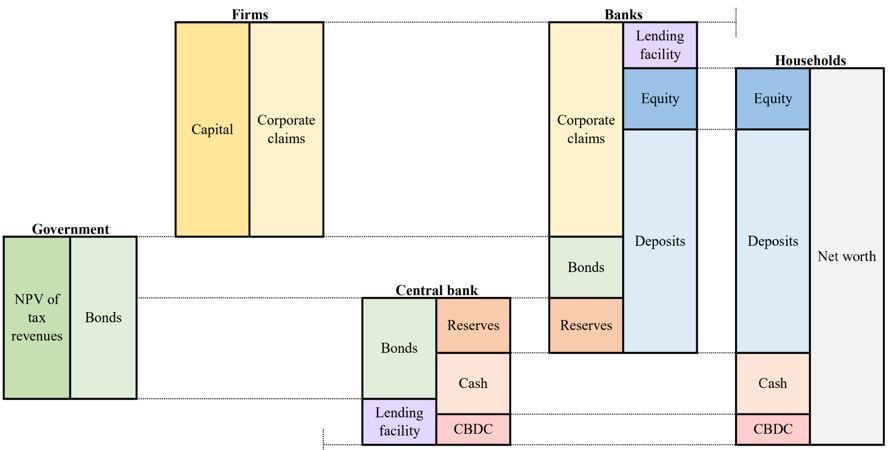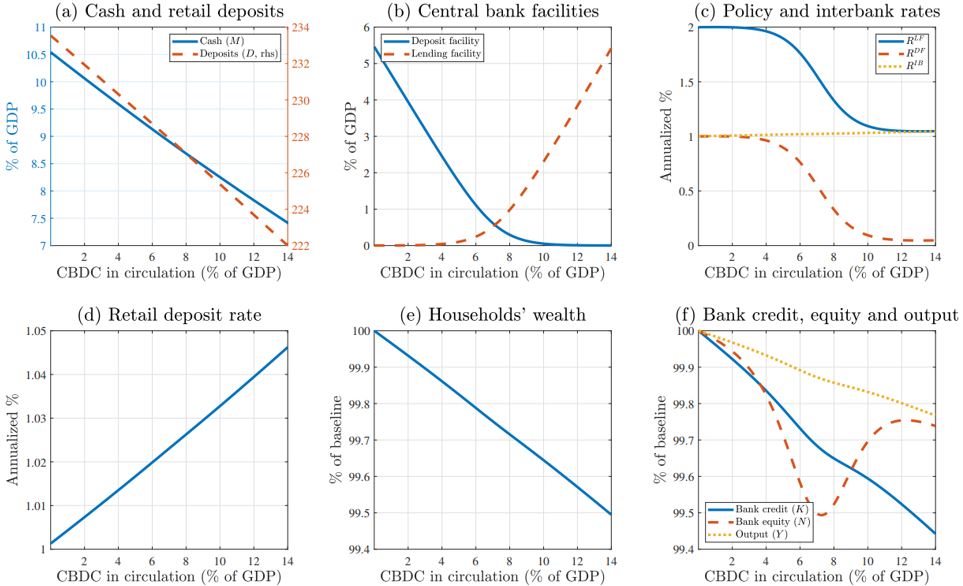Galo Nuño is the Head of the Monetary Policy and Capital Markets Division at the Banco de España. His research focuses on monetary economics, microfinance, and computational methods. In particular, he has developed, with different coauthors, some new theoretical and numerical techniques for the study of continuous-time heterogeneous-agent models, including the analysis of optimal policies and the solution and estimation of nonlinear models with aggregate shocks. His research has been published in journals such as Econometrica, Journal of Political Economy: Macroeconomics, American Economic Journal: Macroeconomics, Journal of the European Economic Association, and Journal of Monetary Economics.







